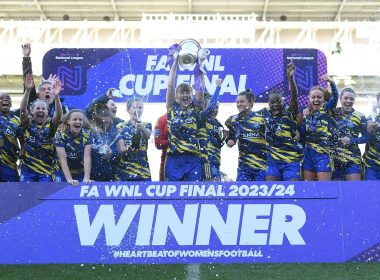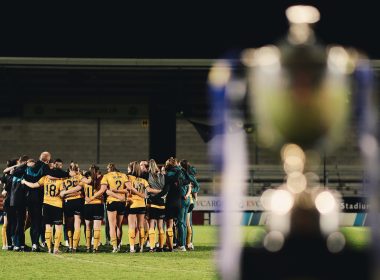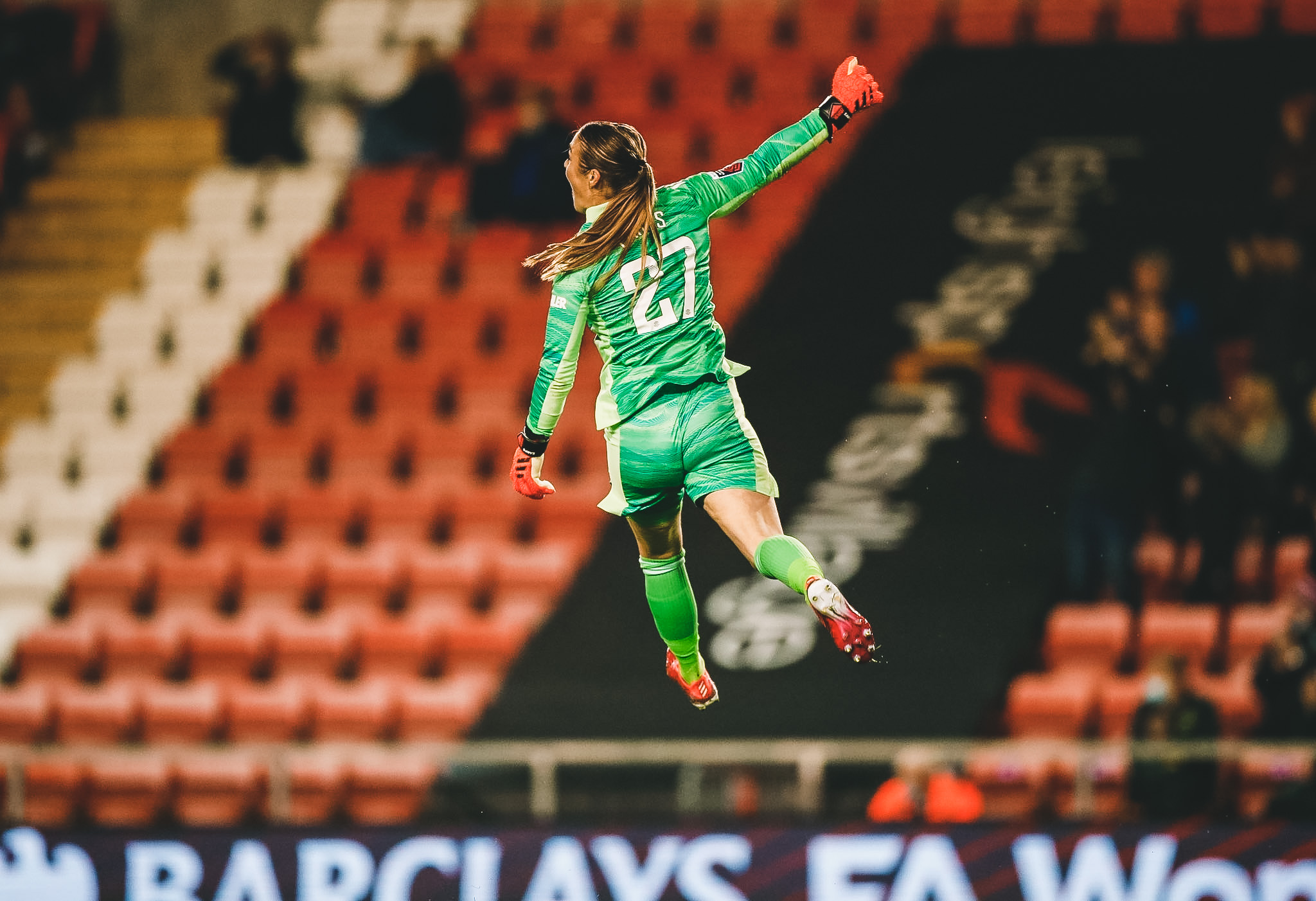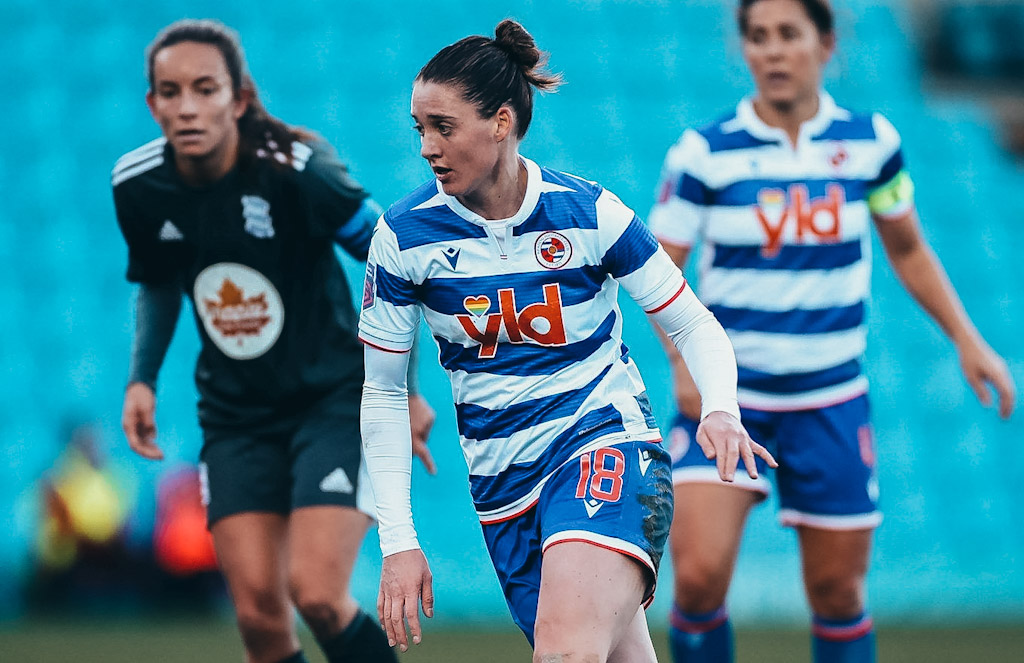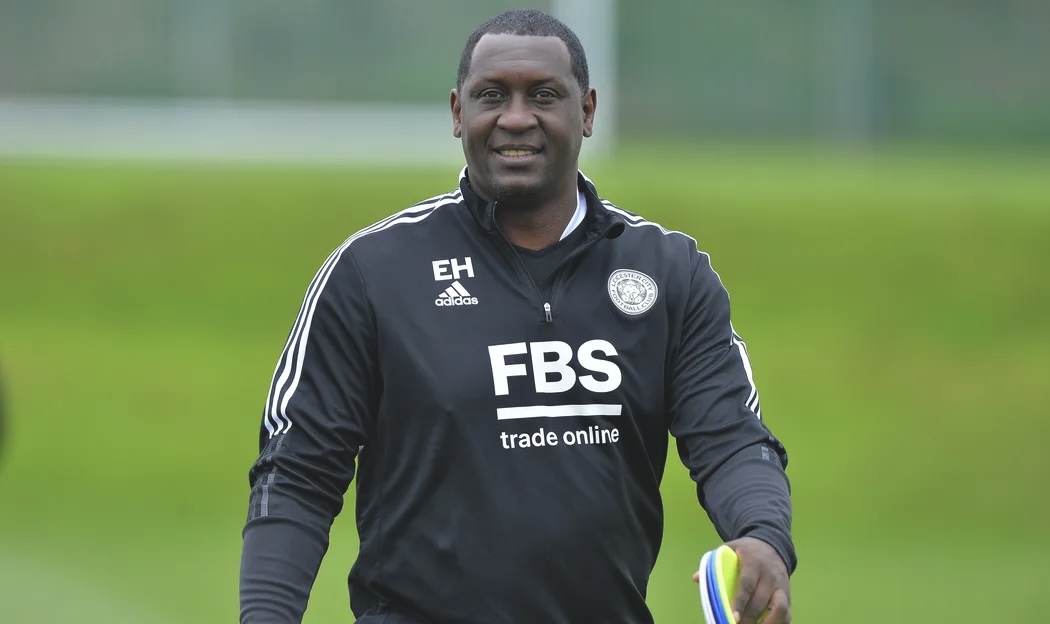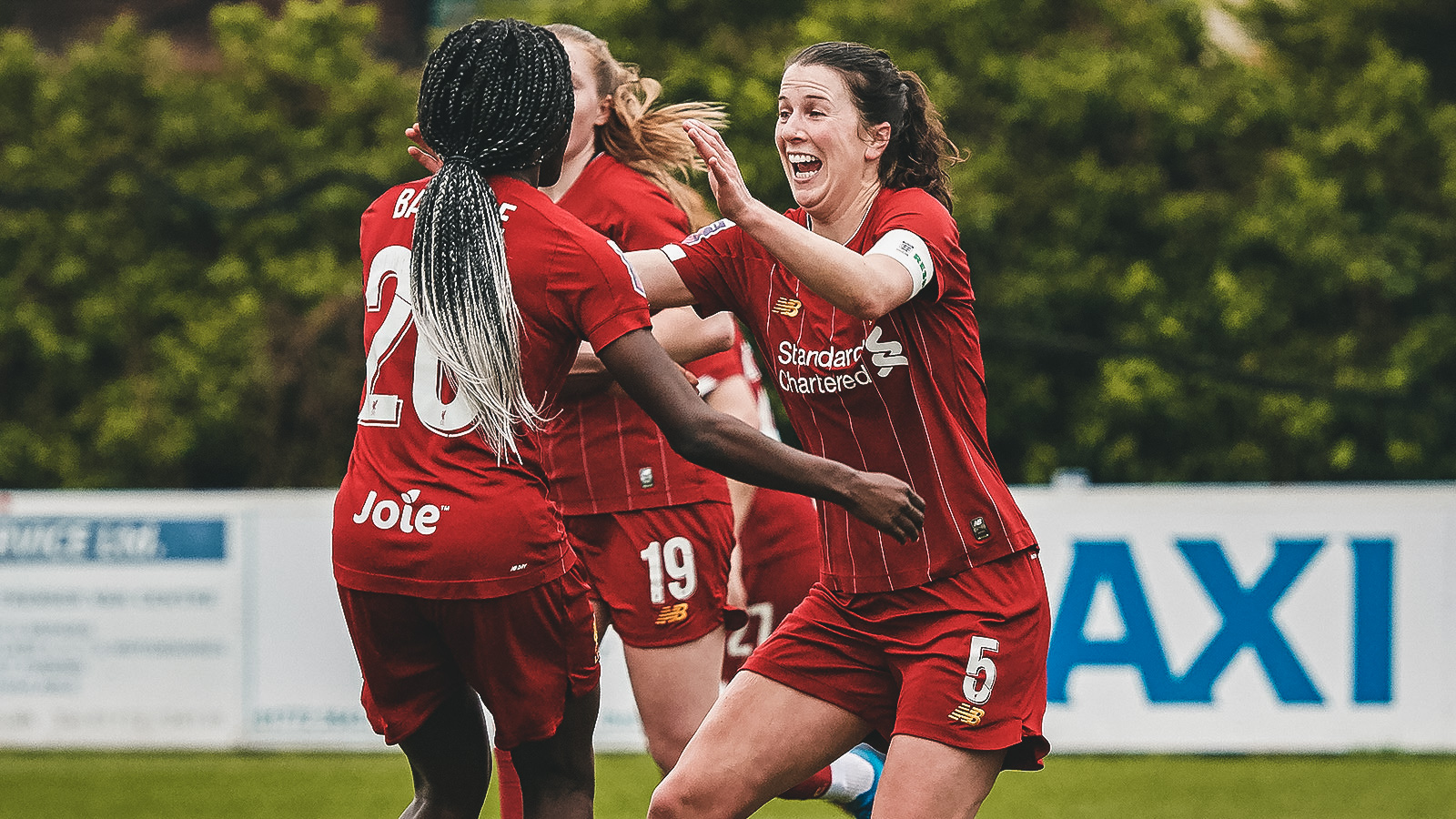Yesterday the Football Association (FA) launched an exciting new three-year strategy focused solely on the Women’s Professional Game that will look to build on the momentum generated over the last three years.
The strategy has been led by the Barclays FA Women’s Super League (FAWSL) and FA Women’s Championship (FAWC) Board in conjunction with the clubs and other key stakeholders. It sets out a collective ambition to develop the best women’s leagues in the world.
Dawn Airey, Chair of the FAWSL and FAWC Board, said: “I am delighted to be able to launch this Women’s Pro Game Strategy, which sets out our collective ambition to develop the best women’s leagues and competitions in the world.
“The quality of the on-field product is fundamental to our success. We want a balance of the very best English and overseas talent showcasing dynamic, exciting and competitive football, supported by a world-class elite performance workforce, enabling the players to maximise their full potential.”
To realise this ambition it focuses on three strategic goals; to produce and attract world-class talent, to maximise and engage audiences, as well as to grow commercial revenue and financial sustainability. The three key areas are designed to drive further growth in all aspects of the women’s professional game and to ultimately make the game sustainable.
The strategy sets out some key milestones and targets that will determine the success of the strategy. This includes the implementation of an improved talent pathway and home-grown rules to support a blend of world-class domestic and overseas talent. Investment in the workforce with an ambition that a minimum of 50% of the head coaches across the top two divisions are female.
The group aim to grow attendances to an average of 6,000 fans per week in the FAWSL, 1,000 in the FAWC, and the goal of selling out the Vitality Women’s FA Cup Final – all by 2024. As of last weekend, the average attendance across the FAWSL has dropped from appx 3,000 in 2020/21 to 2,282 so far this season, while the FAWC stands at 544. It should be noted that the tv audience has been reaching record highs.
This, along with the investment of the clubs, will continue to change the landscape of women’s football in this country, increasing the opportunities on the field, and offering women and girls a genuine career path in the sport.
When asked if this growth relies on a successful Euro 2022 for the Lionesses, Airey said, “We love a strong national team, of course, we want England to win the Euros, they will win the Euros, Sarina has had a fantastic start, the national team is on a rip at the moment and it doesn’t half help, but actually the league is very strong.”
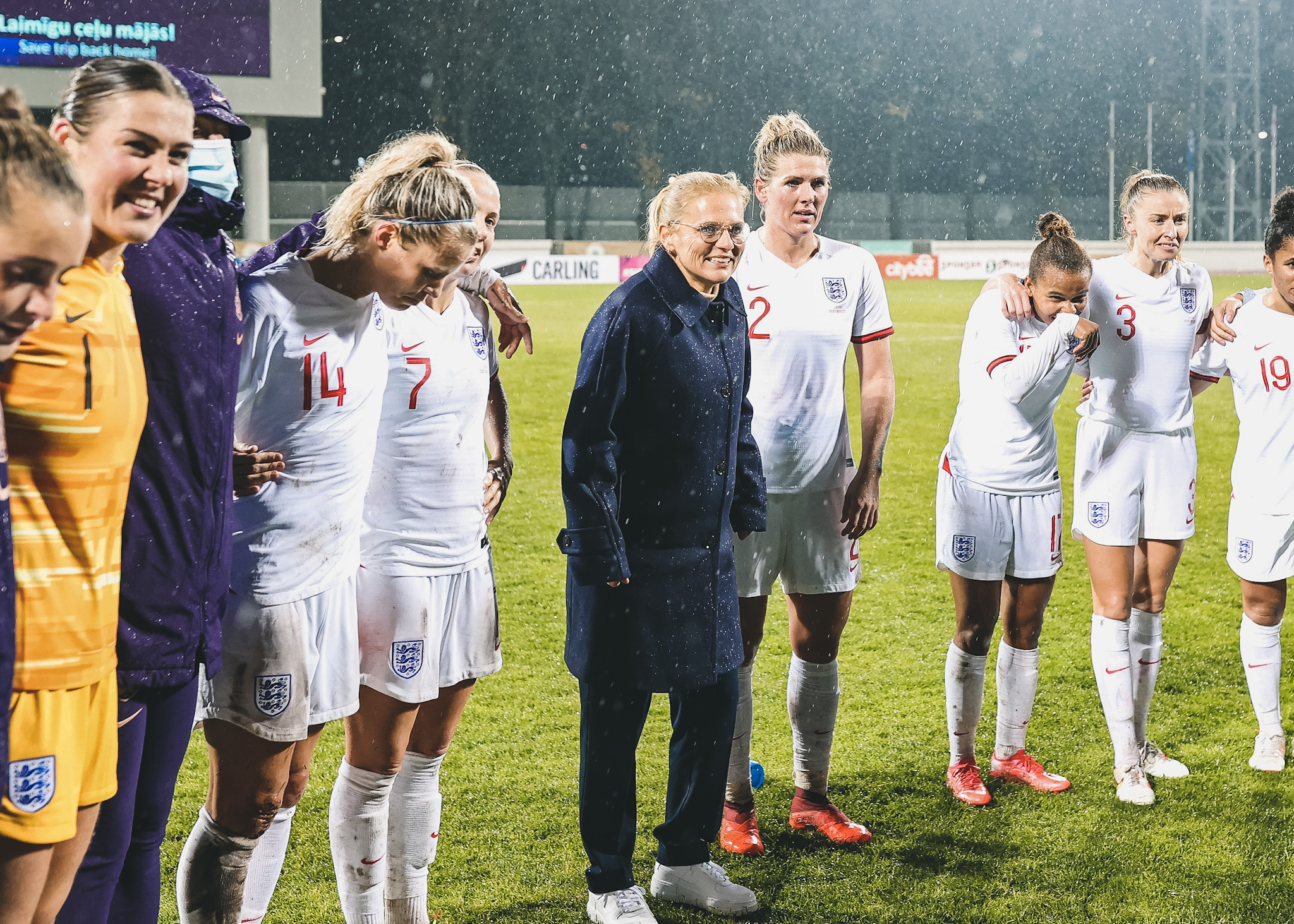
The continued growth of the game during the three-year plan will also provide a bigger platform that will allow our leagues and competitions to showcase female role models and their achievements, inspire females to take up the game and all its associated benefits and promote women’s football as a tool for gender equality and societal change.
While this is great news for the top two tiers of the women’s football pyramid it does add to my fears that the gap between this level and the National League (FAWNL) is widening. When I spoke to the FA’s Director of the Women’s Professional Game, Kelly Simmons, reassured me by saying, “There is a strategy group as part of the National League Board who are developing a new strategy for the FAWNL. They have identified investments going into that strategy and I’d want to say too much more than that as I don’t know where they are with telling the clubs but it is a big area of focus in the FA by the team that are looking after the FAWNL. So they are definitely developing a new strategy, definitely identified new and increased investments going into that area.”
The strategy announcement comes domestic women’s football in England prepares for the third edition of Women’s Football Weekend this week, a landmark moment within the season that shines a spotlight on the women’s game.
Photos: @ManUtdWomen and @Lionesses



